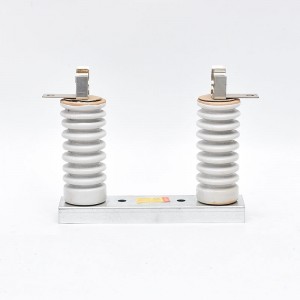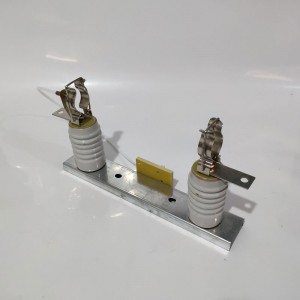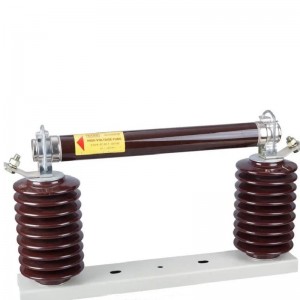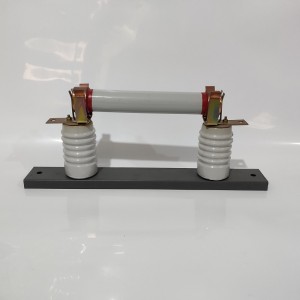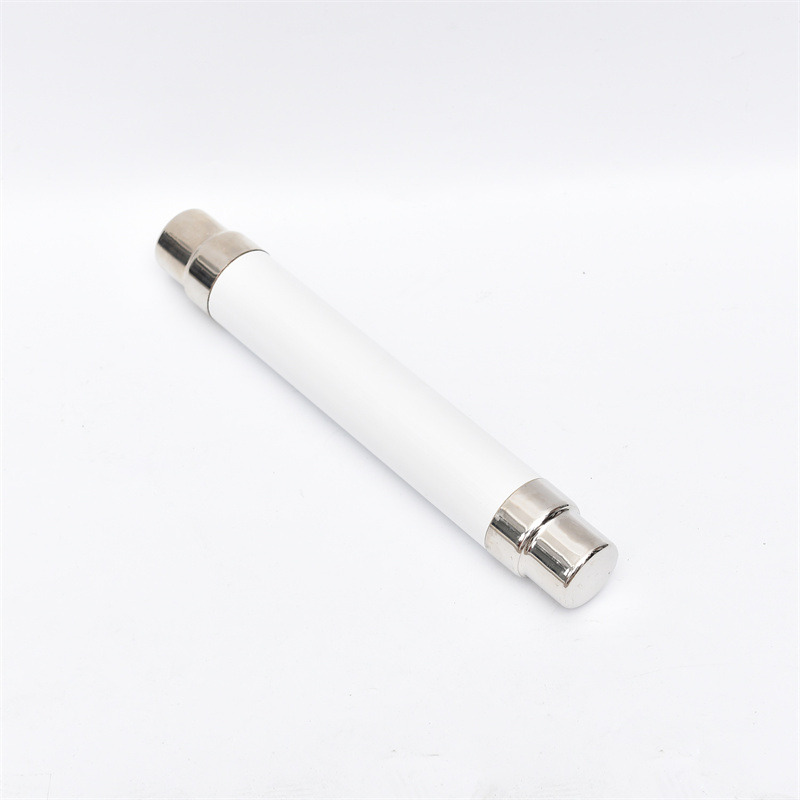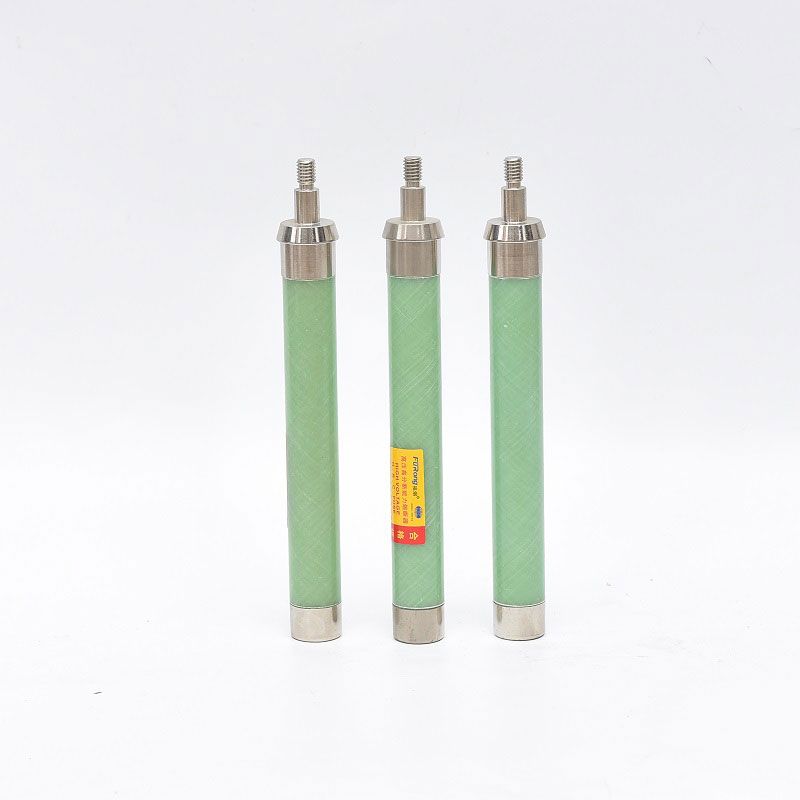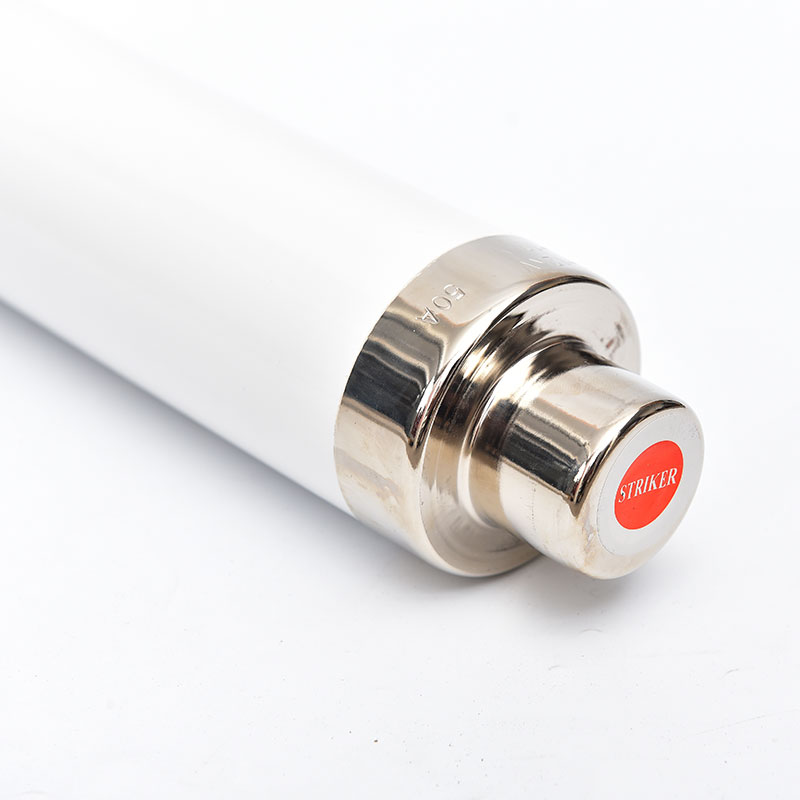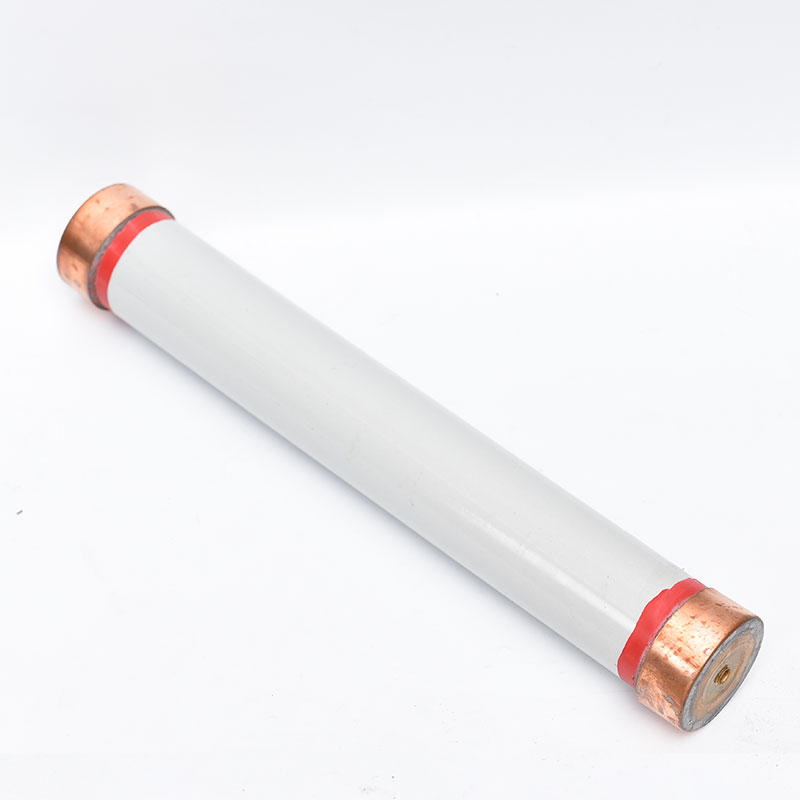Overview
This product is used in indoor AC 50Hz, rated voltage 6~35kV system as overload or short circuit protection of power equipment and power lines.
The plug-in structure is adopted, and the fuse is inserted into the base, which has the advantage of convenient replacement.
The melt made of silver alloy wire is sealed in the melting tube together with the chemically treated high-purity quartz sand; the melting tube is made of high-strength high-pressure porcelain with high temperature resistance.
When the line fails, the melt melts, and the high-voltage fuse device has the advantages of good current limiting characteristics, fast action, and no malfunction at the moment when the melt appears arc.
Cannot work in the following environment
(1) Indoor places with relative humidity greater than 95%.
(2) There are places where there is a danger of burning goods and explosions.
(3) Places with severe vibration, swing or impact.
(4) Areas with an altitude of more than 2,000 meters.
(5) Air pollution areas and special humid places.
(6) Special places (such as used in X-ray devices).
Precautions for the use of fuses
1. The protection characteristics of the fuse should be compatible with the overload characteristics of the protected object. Considering the possible short-circuit current, select the fuse with the corresponding breaking capacity;
2. The rated voltage of the fuse should be adapted to the line voltage level, and the rated current of the fuse should be greater than or equal to the rated current of the melt;
3. The rated current of the fuses at all levels in the line should be matched accordingly, and the rated current of the melt of the previous level must be greater than the rated current of the melt of the next level;
4. The melt of the fuse should be matched with the melt as required. It is not allowed to increase the melt at will or replace the melt with other conductors.




